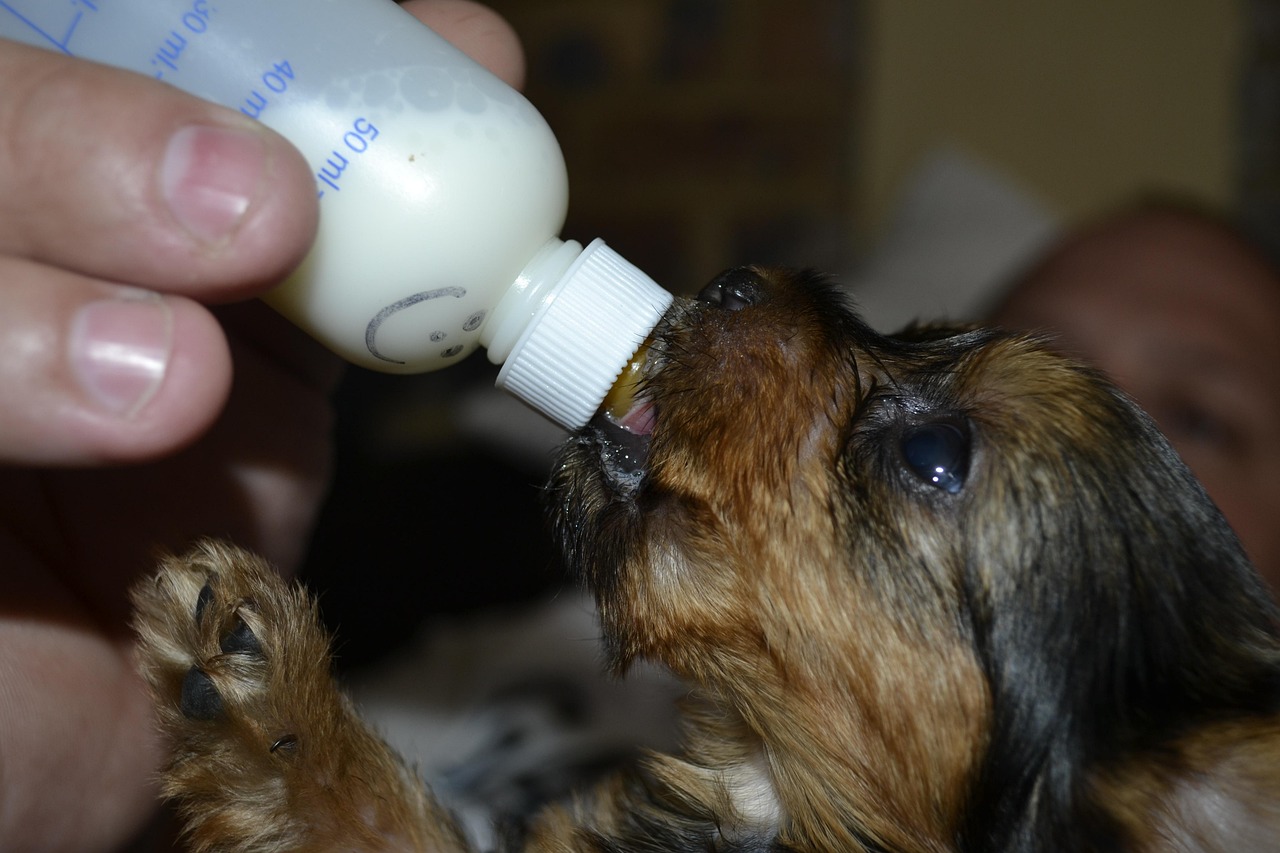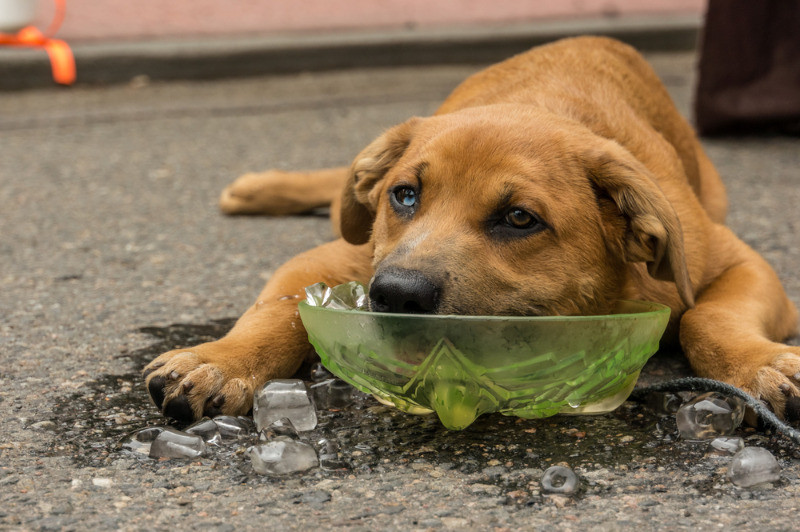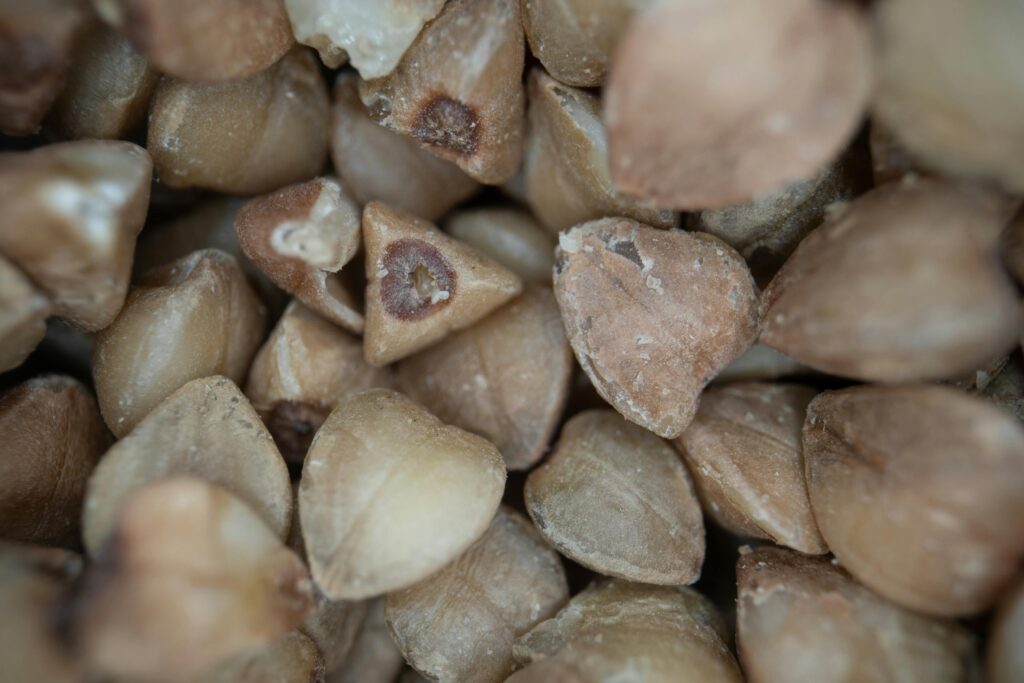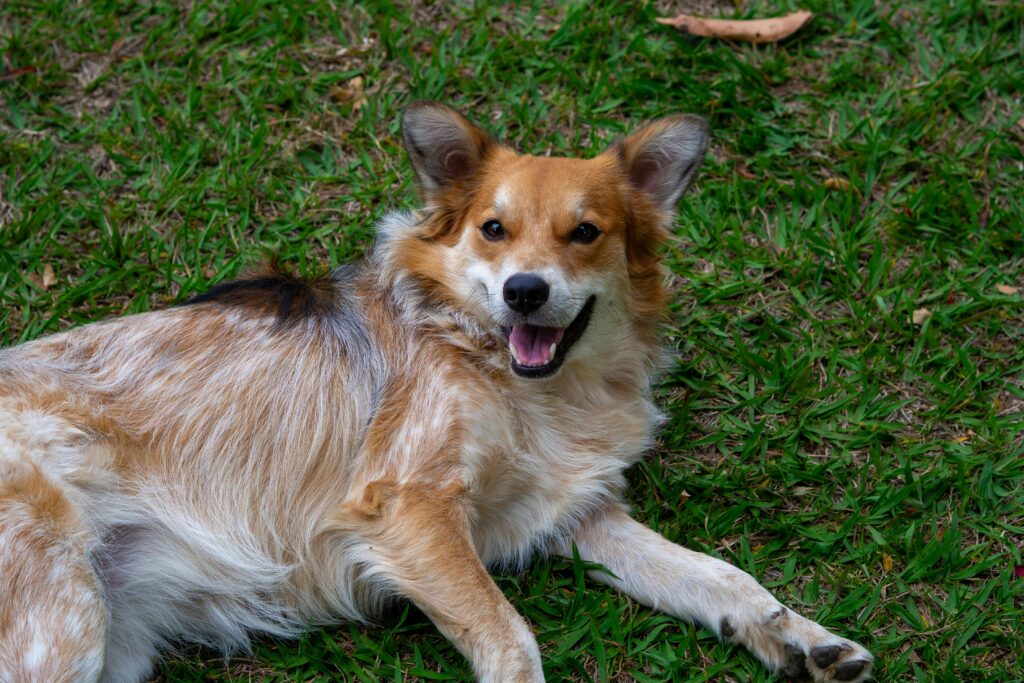Bottle Feeding Puppies Problems: Common Problems and How to Handle Them Like a Pro
Bottle feeding puppies problems are common in our puppies’ lives. If you’re bottle feeding puppies right now, first of all, you’re doing something amazing. It’s not always easy, and honestly, it can be a little stressful, especially when problems pop up out of nowhere. But don’t worry — you’re not alone, and with a little know-how (and a lot of love), you can handle anything that comes your way.
Let’s talk about the most common bottle feeding puppies problems, what causes them, and what you can do to keep those tiny pups healthy and thriving.
Problem 1: Puppy Won’t Take the Bottle
You’ve got the bottle ready, the puppy looks hungry… but no luck. They either refuse to latch onto the bottle or nudge it aside. Totally frustrating, right?
Why it happens:
- The nipple might feel too hard or weird.
- The formula could be too cold.
- Some puppies just take a little time to figure it out.
What to try:
- Warm the formula to about 100°F (38°C) — think warm, not hot.
- Try a few different bottle nipples — sometimes it’s just about finding the right fit.
- Gently tap the puppy’s mouth with the nipple to encourage suckling.
- Be patient — a lot of puppies need a few tries to get the hang of it!
Pro tip: If your puppy seems super weak or keeps refusing the bottle after a few tries, it’s a good idea to check in with your vet.
Problem 2: Milk Going “Down the Wrong Way” (Aspiration)
This one’s serious. If a puppy accidentally inhales milk, it can cause aspiration pneumonia, which can be very dangerous.
How it happens:
- Feeding the puppy while it’s lying on its back (never feed them like a human baby!).
- The bottle nipple has too much flow, making the puppy gulp too fast.
- Squeezing the bottle too hard.
How to prevent it:
- Always feed puppies with their belly facing down, just like they would naturally nurse.
- Let the puppy control the pace — don’t force the milk.
- Test the nipple: milk should drip slowly when you turn the bottle upside down.
Warning signs to watch for: Coughing, milk coming out of the nose, breathing issues, or extreme tiredness after feeding. If you notice any of these signs, get in touch with your veterinarian immediately!
Problem 3: Using the Wrong Formula
Not all milk is puppy-friendly! Cow’s milk or homemade mixes can upset their little tummies and cause serious health issues.
The right choice:
- Always use a commercial puppy milk replacer (brands like Esbilac or Royal Canin make great ones).
- Follow the mixing directions exactly.
- Always prepare fresh formula for each feeding and keep any extras properly stored.
Quick tip: Puppy milk replacer is specially designed to give them everything they need. Cow’s milk just doesn’t cut it.
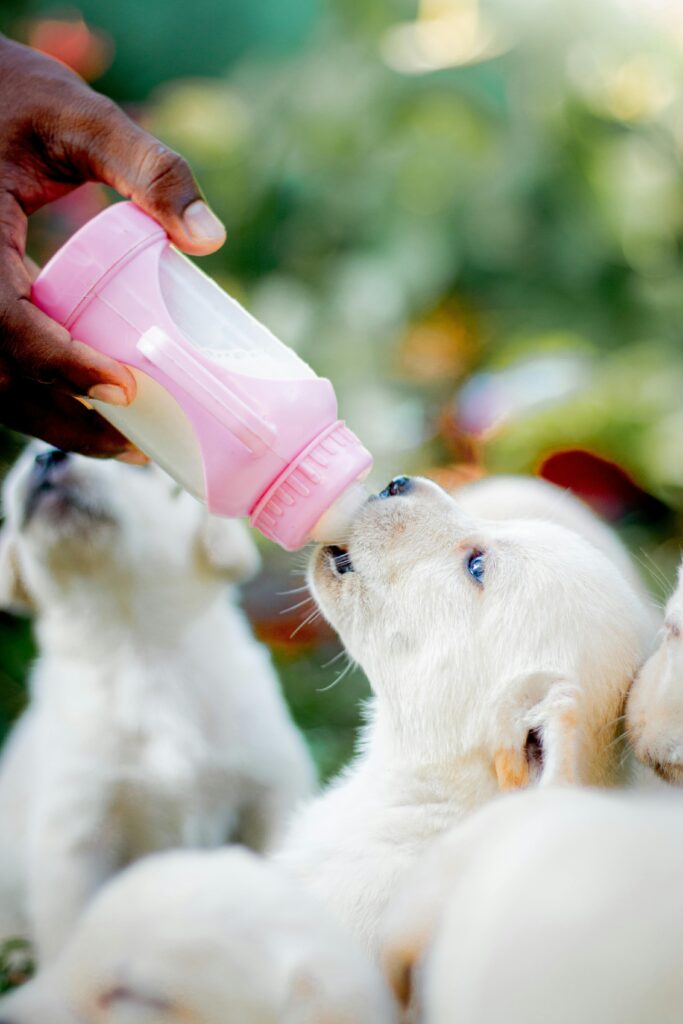
Problem 4: Constipation and Diarrhea
Newborn puppies have delicate digestive systems, so it’s not uncommon to see some tummy troubles.
Constipation happens when:
- Puppies aren’t fed enough.
- They aren’t stimulated to potty after feeding.
- The formula is too thick.
Diarrhea happens when:
- Puppies are fed too much.
- The formula is too rich.
- There’s an infection.
How to help:
- After each meal, gently rub their bottom area with a warm, damp cloth to help them go potty.
- Keep an eye on their poop! (Yes, it’s glamorous work, but it’s super important.)
- If diarrhea or constipation lasts more than a day, check in with your vet.
Problem 5: Feeding Too Much or Too Little
It’s easy to overdo it when you just want to make sure they’re full and happy. But both overfeeding and underfeeding can cause serious problems.
Here’s how to get it right:
- Feed small amounts every 2–3 hours, even overnight (sorry, sleep!).
- Weigh the puppies daily — they should gain 5–10% of their body weight each day.
- Watch their bellies: a full tummy should be round but soft, not tight or bloated.
Keeping track of their weight is one of the best ways to make sure they’re on the right track.
Problem 6: Trouble with the Bottle Nipple
Sometimes the problem isn’t the puppy — it’s the gear you’re using!
What to check:
- The nipple hole should be just right — not too small (frustrating) and not too big (dangerous).
- Milk should drip, not stream, when you turn the bottle upside down.
- The nipple should feel soft and comfortable for tiny mouths.
Little hack: If the flow is too slow, you can sterilize a needle and poke a tiny X to adjust it.
Cleanliness Is Key
Newborn puppies are super vulnerable to infections, so keeping everything clean is a big deal.
Quick cleaning checklist:
- Clean bottles and nipples thoroughly with warm, soapy water after each feeding.
- Sterilize once a day by boiling or using a sterilizing solution.
- Wash your hands before every feeding session.
Clean gear = healthy pups!
Final Words: You’re Doing an Incredible Job
Bottle feeding puppies isn’t just about filling their tummies — it’s about giving them a fighting chance at a beautiful life. Sure, it’s messy, it’s exhausting, and it can be nerve-wracking at times, but every little milestone — that extra ounce gained, that first wag of a tail — is thanks to you.
Keep trusting your instincts, stay observant, and don’t hesitate to reach out to your vet when needed. You’re their entire world right now — and you’re doing a wonderful job.

